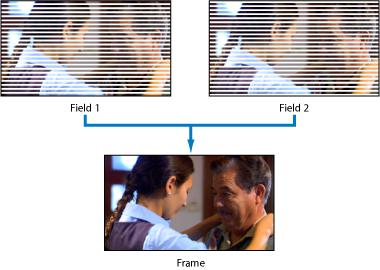If you’re in the market for a new TV, you’ve probably encountered a slew of technical terms like HDR, Dolby, QLED, OLED, and 4K. Among these, 1080p and 1080i are common resolutions referred to. While 1080i may not be advertised prominently, it often affects what you see on your screen. So, what’s the difference between 1080p and 1080i? Let’s break it down.
The Distinction Between 1080p and 1080i
Let’s start by decoding the abbreviations – 1080i stands for 1080 interlaced scan, while 1080p stands for progressive scan. The key disparity between the two lies in how they render on your display. In an interlaced scan (1080i), the image is displayed by alternatingly illuminating odd and even pixel rows. This rapid sequencing (each field flashes 30 times per second) goes unnoticed by the human eye, creating the impression of a coherent picture at any moment.

On the other hand, progressive scan (1080p) refreshes every pixel row on the screen 60 times per second in a seamless sequence. Although technically more challenging, progressive scan is universally acknowledged for producing superior image quality compared to interlaced scan. Consequently, 1080p is often dubbed “true” or “full” HD, emphasizing its superiority over 1080i or 720p. The advantages of progressive scan are most evident during dynamic scenes, showcasing sharper clarity and detail.


